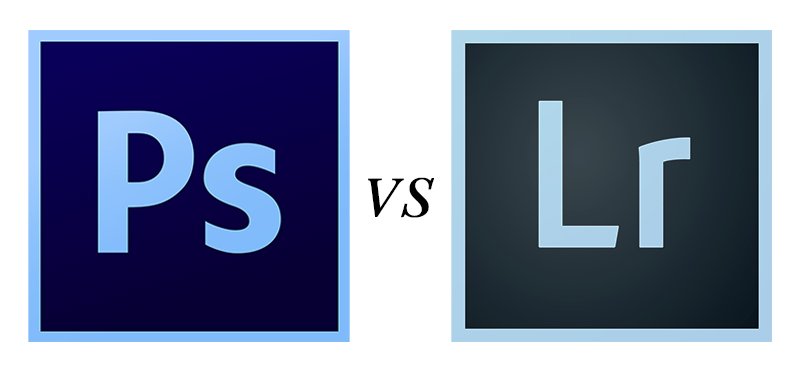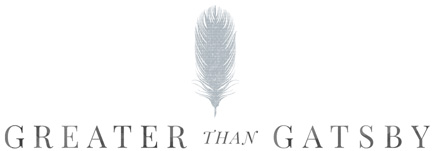
Photoshop vs Lightroom, that is the most commonly asked question in photo processing. Do professional photographers use Lightroom or Photoshop, or both. While many photographers use both to some extent, many use either Lightroom or Photoshop predominantly based on the advantages they gain while trying to accomplish their goals.
What is Photoshop & What is Lightroom?
Photoshop is the de facto industry standard for raster graphics editors. Raster refers to the dot-matrix structure or pixels in the graphic. Creation and editing of graphics in Photoshop provides pixel level control and vast capabilities to create or alter a graphic.
Lightroom is an image management system which includes a set of image processing tools, though nowhere near as robust as Photoshop. Viewing, organizing and editing large numbers of images from various types of event photo shoots becomes super efficient when using Lightroom.
Using Photoshop & Lightroom Together
Adobe generally recommends that you use Lightroom as your management system and workflow starting point and the foundation of all of your work. And then take particular images to Photoshop when you need more advanced editing, retouching and processing tools and something that Lightroom can’t provide. They are designed to work together to bring you the most efficient management and comprehensive editing you would want.
It all comes down to what do you want to accomplish for a specific photo or collection of photos. And when comparing the pros and cons of each program, we think it’s better to provide a picture for those who are trying to decide by highlighting the advantages of each so they can gain a better understanding of where each can generally fit in the workflow.
With all that being said, we recommend Creative Cloud so you can use both! We’ll talk about that at the end of the article. Now on to the good stuff! Please note that this list is our opinion and there are certainly more that could be added or prioritized to add to this list, especially when you get into talking about all the tools in Photoshop. Please add comments below if you have suggestions that should be considered to be in a top 10 list of advantages for each when comparing Photoshop vs Lightroom.
Advantages of Photoshop
- Pixel-level editing & creation – Photoshop provides pixel-level editing, which equates to 100% control over editing and creation of graphics. It allows for much more than just photo editing and is used by graphic artists, illustrators and publishers as their go-to program.
- Layers & Opacity – Photoshop has layers, which provide greater control over a final image by allowing a collection of layers to be used together on top of each other and controlling the opacity of those layers.
- Masking – Photoshop allows you to specify a particular area of an image that will be edited.
- Retouching – Photoshop has a robust collection of retouching capabilities and tools to help eliminate or manipulate a variety of blemishes or imperfections, including hair, freckles, pimples, colored teeth, colored eyes, etc.
- Actions – Photoshop actions are a series of editing steps that have been recorded into one file to be used repeatedly on other images without having to recreate the editing steps.
- Plugins – Scripts that perform specific and customized functions can be used in Photoshop via a plugin created by a 3rd party programmer.
- Compositing – Allows the manipulation of images by using parts of different images and combining them into one image.
- Stitching – Allows using multiple images together to create one larger image, such as a panorama.
- Content Aware Fill – Allows for removing items in a picture and/or filling in areas of a picture.
- Volume of Advanced Tools – Photoshop is the most robust editing program on the market and includes many more tools than listed here and allows just about anything you can imagine.
Advantages of Lightroom
- Built-in Raw Editing – Built-in editing of raw files. While Photoshop uses Adobe Camera Raw, it’s not built-in to Photoshop.
- Non-destructive Editing – Keeps your raw source file unaltered and protected.
- Batch Processing – Allows the replication of settings on one image to be applied to a group of images at one time, saving enormous amounts of time.
- File Management – Provides organization via folders, sub-folders, catalogs, collections, keywords and libraries.
- Location-Based Organization – Grouping, labeling and assignment by location/GPS
- Easier to Learn – Lightroom is much easier to learn than Photoshop, with a set amount of options and tools, which allows for quick learning and a fast ramp up time to proficiency.
- Improved Workflow – Lightroom is designed as a workflow tool and makes the historically tedious task of post-processing batches of photos much more palatable.
- Presets – Lightroom presets are saved settings that can be reused and applied across a group of photos at the same time.
- Efficiency – Improved file management, easier learning curve, improved workflow and presets all combine to create optimum efficiency.
- Restore Historical Settings – Lightroom allows you to restore earlier settings.
What is Creative Cloud
for Photoshop & Lightroom?
Creative Cloud is Adobe’s new software as a service offering that allows users to access a suite of creative products for a monthly subscription fee. Creative Suite, the offline product version, was replaced by Creative Cloud, and all Creative Suite users are migrating to Creative Cloud. The Creative Cloud platform allows Adobe to manage piracy better in the future while also providing a more accessible price point for users, at about $10 per month. This has allowed Adobe to grow its user base to over 7 million paid subscribers since 2013, when Creative Cloud replaced Creative Suite. Prior to that, Adobe’s total install base was over 12 million. The accelerated adoption at this time, April 2016, is about 800,000 new Creative Cloud customers per quarter. You get both Photoshop and Lightroom for $10 month. Also, you receive all the new features and latest updates in real time as opposed to the old way of purchasing and installing a new version each year. We use Creative Cloud here at Greater Than Gatsby and we highly recommend it.
